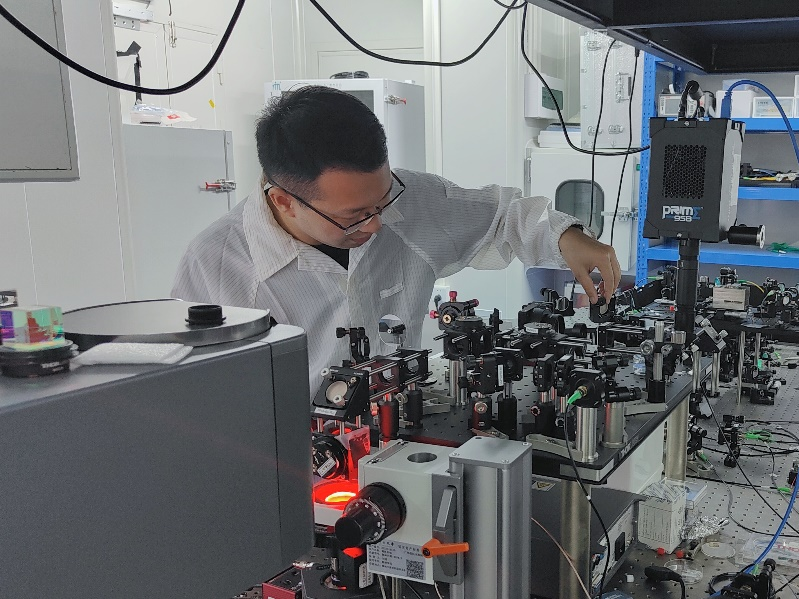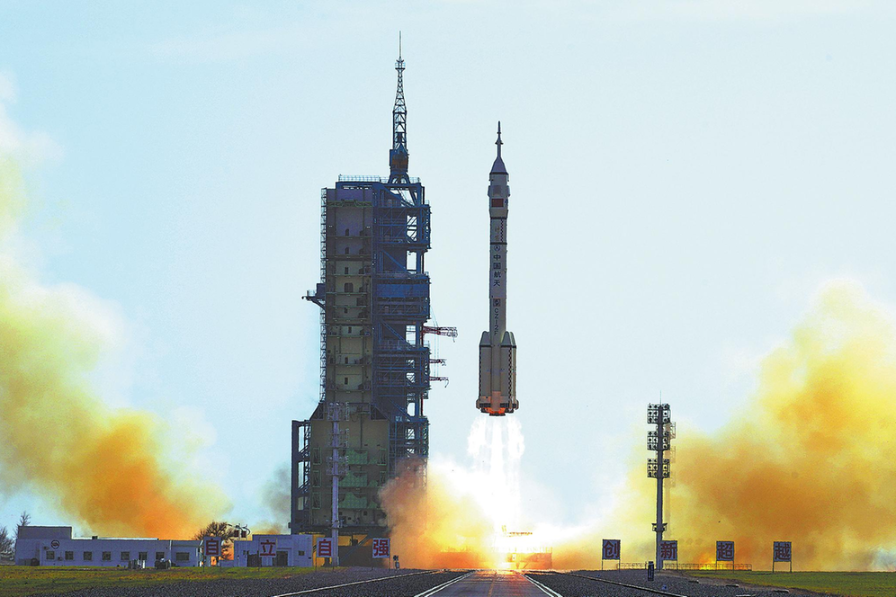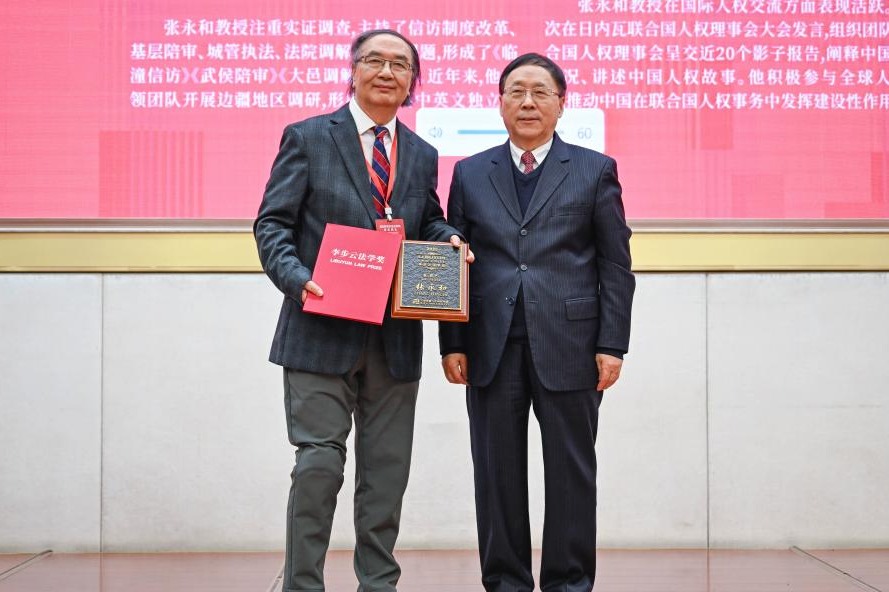China's nano 'two-photon factory' sets world record


GUANGZHOU -- A Chinese research team has achieved a world-leading breakthrough in quantum technology by developing an entangled light source with near-perfect fidelity, according to Sun Yat-sen University in South China's Guangzhou.
The research, published online in Nature, was led by Wang Xuehua and Liu Jin, two professors from the university's School of Physics.
It will provide critical support for the development of next-generation quantum precision measurement technologies and the construction of functional photonic quantum information processing chips, Wang said.
The theoretical prediction of spontaneous two-photon emission dates back to the 1960s. However, the generation probability of these "twin" photons was typically far lower than that of single photons, making experimental observation nearly impossible.
Despite numerous experimental attempts by international research teams over the past four decades, the field has seen no substantive breakthroughs.
Recent breakthroughs in semiconductor material growth and device processing techniques have provided essential support for experimentally realizing this phenomenon.
"We designed an ultrahigh-quality optical microcavity and precisely controlled the photon generation process at the micro-nano scale," said Liu Shunfa, the paper's first author and an associate professor at Sun Yat-sen University.
This microcavity creates a dedicated pathway for generating the "twin" photons, boosting the two-photon radiation efficiency from less than 0.1 percent to approximately 50 percent in experiments. The breakthrough makes the preparation of a controllable, triggered entangled photon-pair source feasible, Liu said.
"We've essentially built a dedicated 'photon factory' on the nanoscale for producing entangled photons," Liu explained.
The research, based on a nano-sized solid-state "artificial atom" structure, introduced the cavity-induced spontaneous two-photon emission scheme.
It pioneered the achievement of spontaneous two-photon radiation intensity matching single-photon levels and successfully produced the novel on-demand triggered entangled photon-pair source with 99.4 percent fidelity.
"The results indicate an extremely high degree of 'psychic connection' between our entangled photons, and demonstrates the great potential of this technology for enhancing quantum communication security, quantum computing reliability, and quantum metrology precision," Liu said.
Reviewers at Nature highly praised the work, calling it a groundbreaking advance in the field of two-photon research and noting that it achieves entangled photon pairs with record-high fidelity.
- Yanshiping, Xizang's highest railway station, begins service
- Beijing reports childcare, elderly support progress during 14th Five-Year Plan period
- Video offers new evidence of Japan's germ-warfare crimes in China
- China launches new internet satellite group
- China's grain output tops 714 million tons in 2025
- Chinese hydrogen-powered drone sets longest distance flight record



































